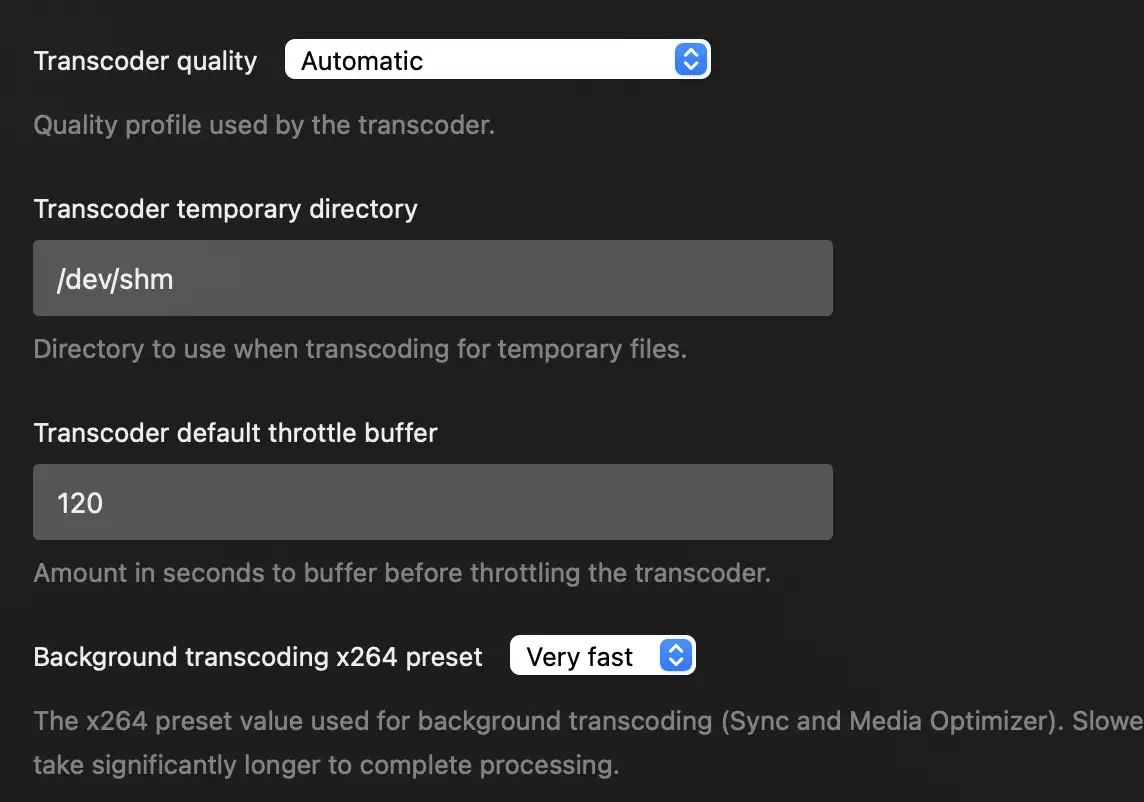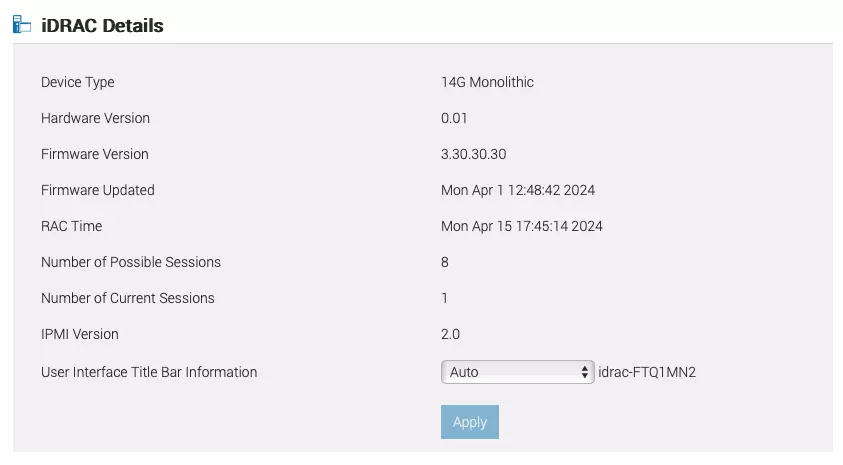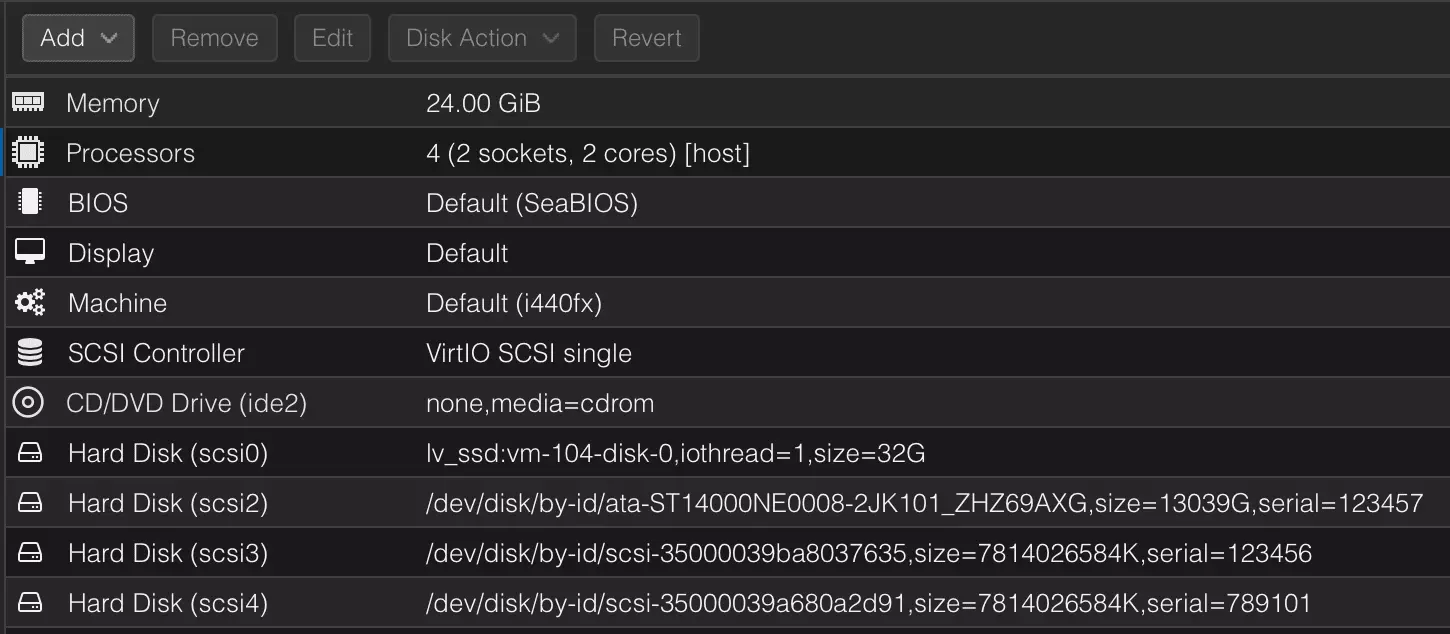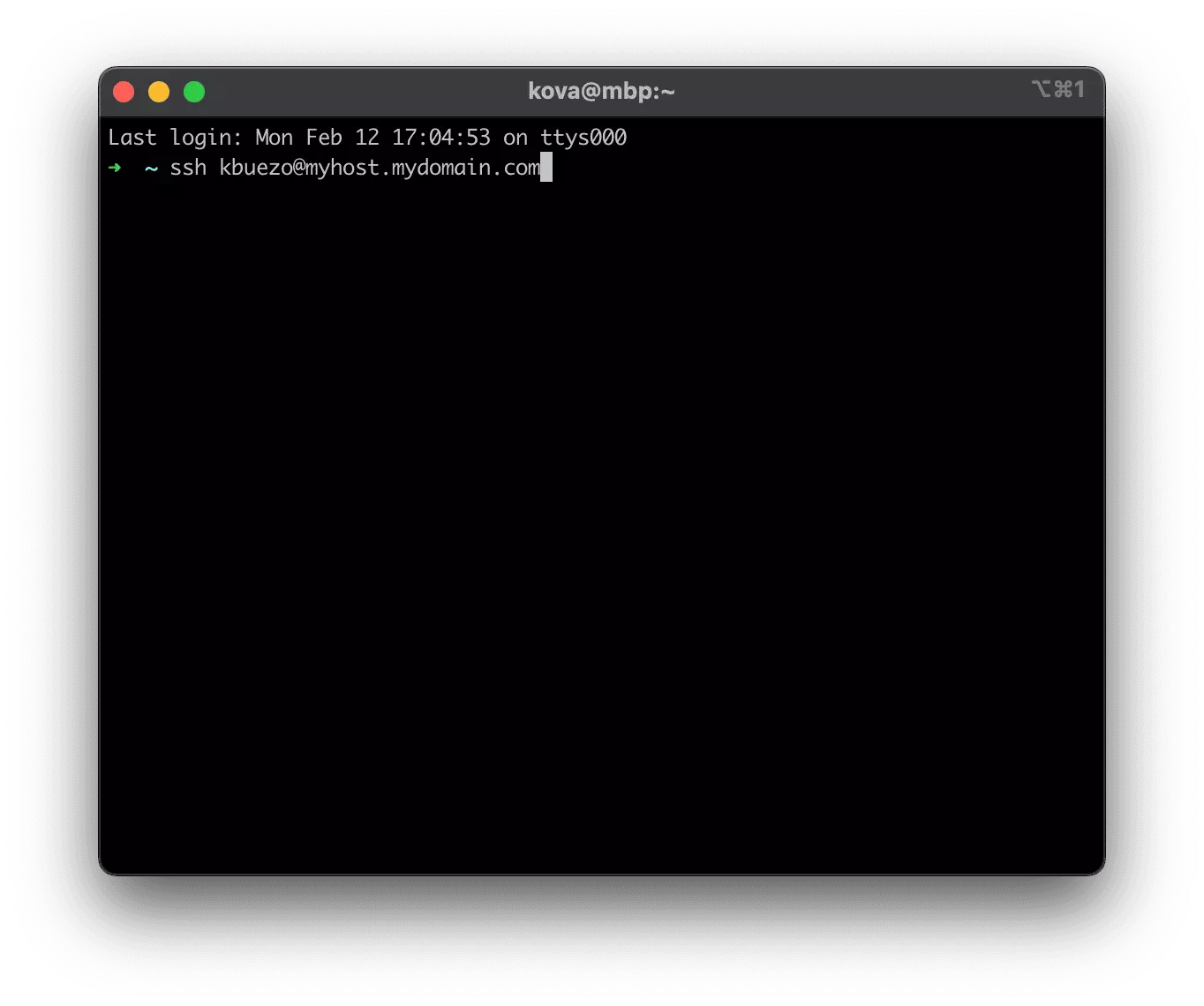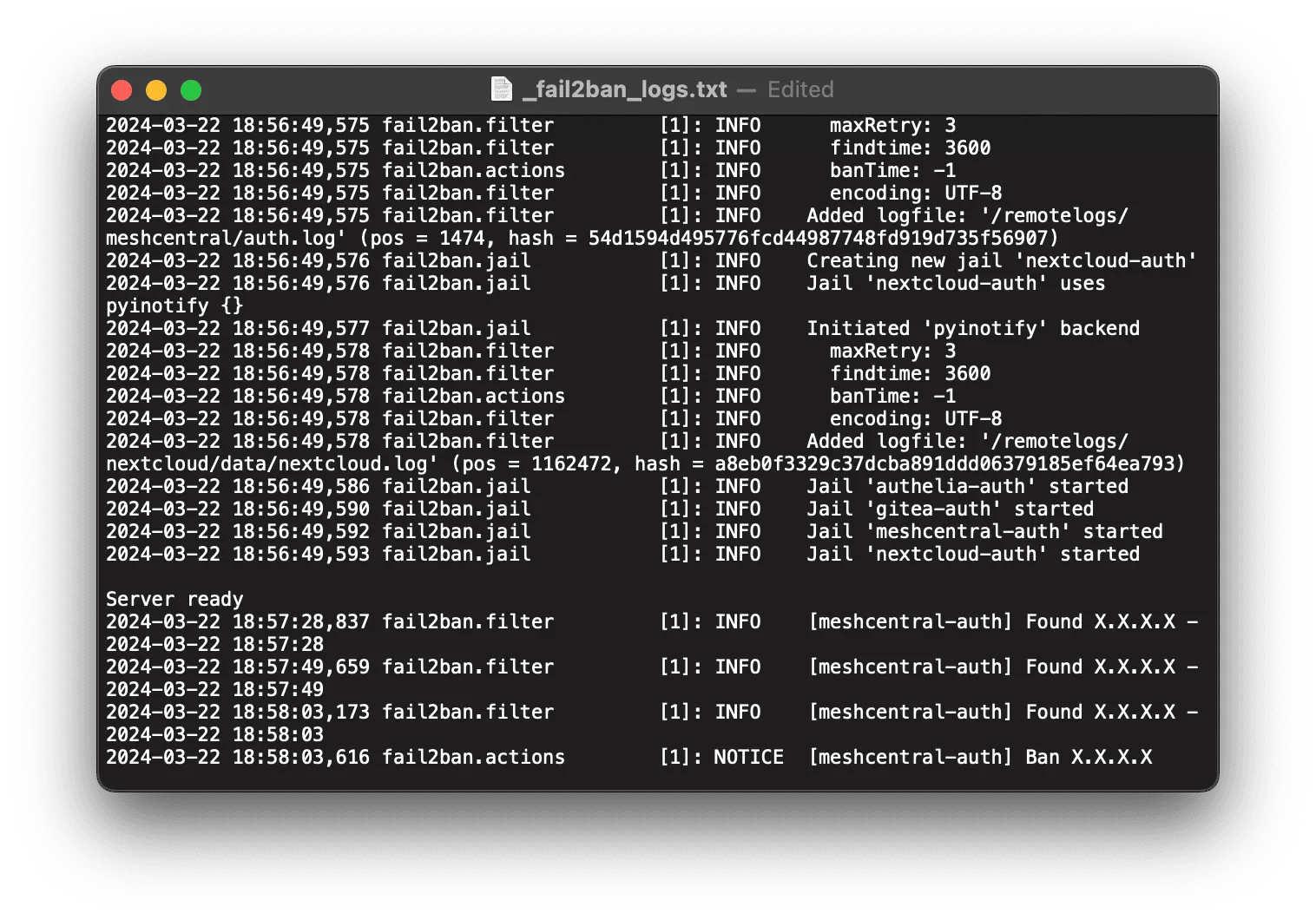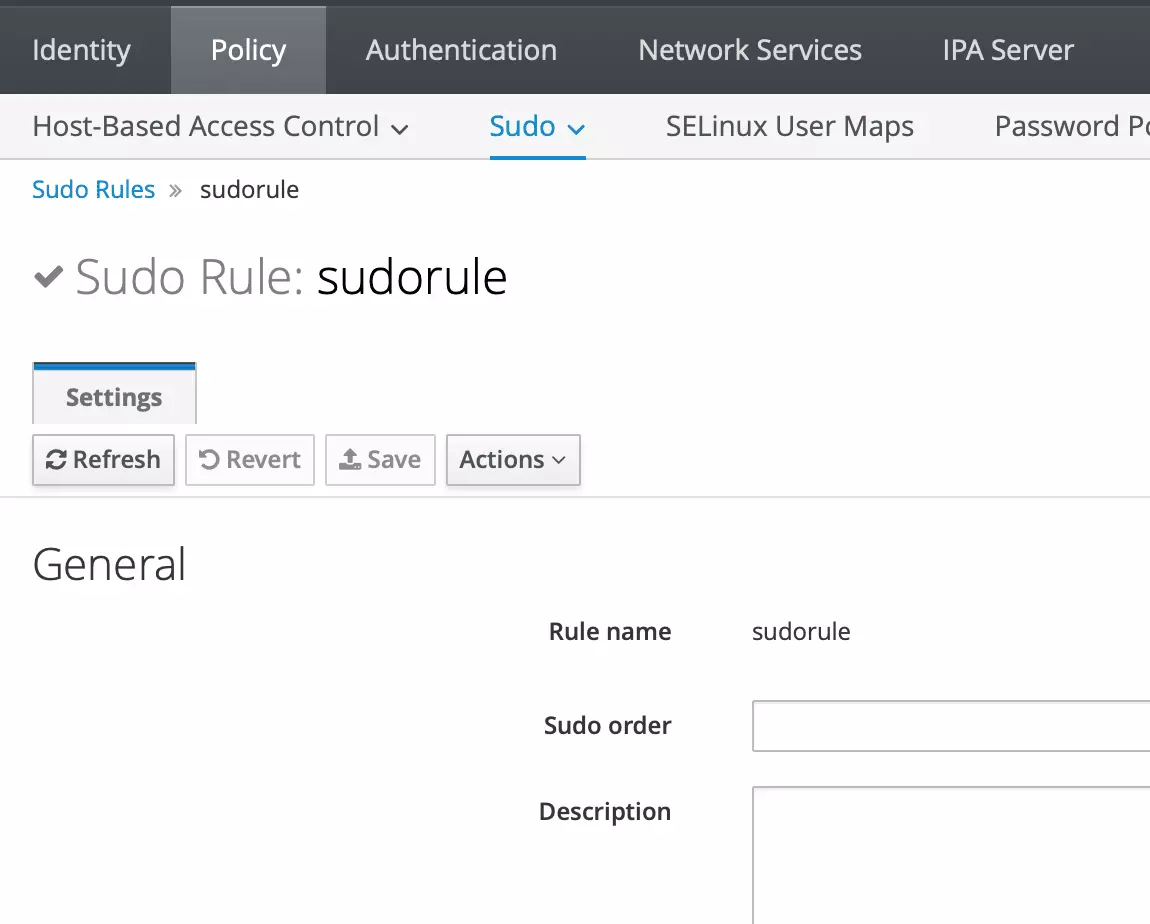Blogs
Set up a ramdisk for Plex
Intro Always on the lookout to decrease writes on my consumer SSDs, I stumbled upon the idea of a ramdisk for Plex transcodes. In theory it should offer a performance boost, but in practice I did not really notice any improvements besides lowering SSD writes. Editing fstab Navigate to /etc/fstab and …
iDRAC 9 manual fan …
Intro I recently acquired a Dell Poweredge T440, and after installing a GPU the fans skyrocketed. This turned the server into a noise machine. To solve this, I created a script that disables third-party PCI mode and based on a threshold, set the fan speed to 20% or to be controlled by Dell’s …
Disk passthrough for vms …
Intro It has always been recommended to give ZFS full disk control, so after placing my raid card in HBA mode, I went ahead and gave full disk control to my TrueNAS vm. Figuring out the id of the disk Typically, disks are labeled as /dev/sdX, but this can change when adding other drives or moving …
Replace the default shell …
Intro After setting up the AD trust, every time I logged in the shell defaulted to /bin/sh. To change it to /bin/bash or any other shell of your choice you can do the following. Editing SSSD.conf Navigate to /etc/sssd/ and open sssd.conf in an elevated text editor. It should look something like [ …
Using Fail2Ban with …
Intro To better protect my web accessible services, I decided to use Fail2Ban in conjunction with Cloudflare’s WAF to block IPs with more than 3 failed login attempts. I already leverage Cloudflare’s CDN and geo-blocking capabilities on my homelab, so I opted to utilize their WAF to …
Map an Active Directory …
Intro After creating my domain trust between AD and FreeIPA, I was left wanting to access restricted resources in Linux using my AD accounts. To circumvent this, I mapped a group from AD to FreeIPA and gave it the appropriate permissions. Create the group in AD The first step would be to create a …
